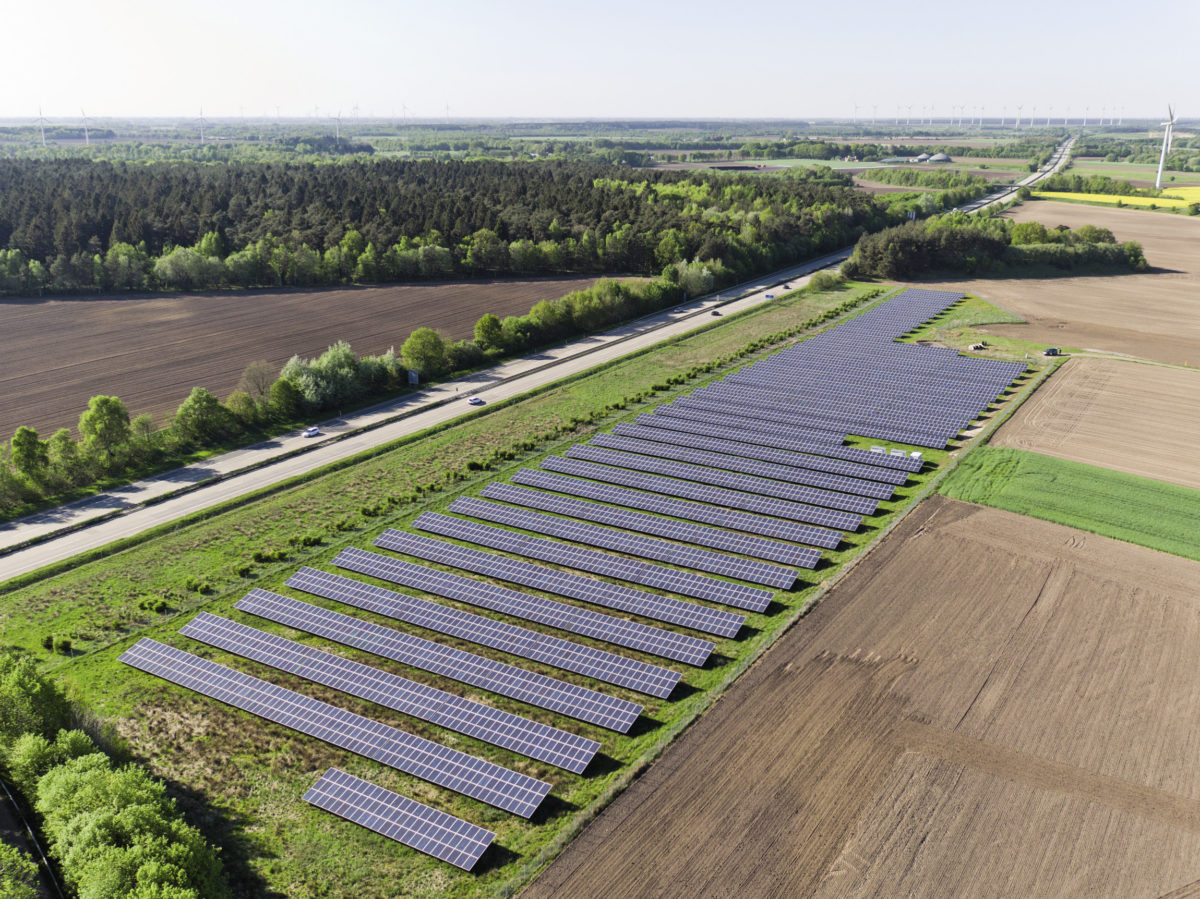IHS Markit forecasts Europe’s global market share to grow from 12% in 2018 to 18% in 2023. Here are some of the recent developments that we think will contribute to this growth, country by country.
France
The Multiannual Energy Programme (PPE) sets actions to meet the targets of the Energy Transition Law (LTECV). The draft for PPE II was published on January 25, 2019 and is currently under consultation, for publication in Q2 2019. The targets of the second PPE are 20.6 GW by the end of 2023 and between 35.6 and
44.5 GW by the end of 2028. To meet these targets, an average of 2.3 GW of PV capacity must be added every year to 2023, and 3 to 4.8 GW from 2024 to 2028.
As for near-term growth, in 2017 and 2018, a total of 4.6 GW of tender capacity was awarded, of which approximately 3.3 GW were ground-mounted systems or carports, and 1.3 GW rooftop or other installations, including systems for self-consumption or innovative installations. This year, another 3.1 GW are to be awarded. This sets the pace for coming years of PV deployment in France.
In addition to the tender scheme, residential and commercial self-consumption is gaining importance. Today, most new residential systems in France choose to consume self-generated electricity and receive a FIT for excess electricity, and in addition a capacity premium.
Germany
On November 30, 2018, the government announced an additional PV capacity of 4 GW in total to be tendered in the years 2019 to 2021. The first round of these ‘special’ tenders took place on March 1, 2019, for a capacity of 500 MW. The capacities of these tenders will not be counted for the total funding cap of 52 GW.
In Germany, the first concrete plans for large-scale PV PPAs are also being announced. In February 2019, EnBW presented plans to build a 175 MW PV plant in Brandenburg without subsidies. In that same month, EnBW and Energiekontor also claimed to have closed a PPA for an unsubsidized PV plant of 85 MW in the northern state of Mecklenburg-Western Pomerania.
Portugal
In February 2019, Portugal’s government confirmed that the first tenders for PV projects will take place this year. The auctions will be open to licensed projects and to new schemes. There will be an auction for smaller systems, which are to be remunerated with a fixed FIT, and another one for larger systems that are to receive a market premium.
Netherlands
In 2018, the Dutch PV market experienced growth across all segments. Projects awarded in the SDE+ 2017 rounds resulted in the emergence of a large utility-scale segment. More large utility-scale plants are set to be built in 2019 and 2020, as the government is piloting new projects on public land. Notably, the spring round of SDE+ 2018 awarded less capacity to utility-scale plants than the previous three rounds. This will boost the medium and large commercial segments. Recent elections to the upper house of the Dutch parliament resulted in most votes going to the Forum for Democracy, which has expressed caution against large solar parks. This can further steer the market back toward smaller systems.
Spain
In February 2019, the Spanish government approved its national integrated energy and climate plan (NECP 2021-2030). The plan targets a share of 74% of renewable energy in electricity generation by 2030, implying 37 GW of PV capacity. Exactly how to reach the target is not yet clear, but tenders are a possibility, even if the current development activity of private PPA and merchant projects could potentiate sufficient growth also outside tenders. At the moment, Spain is busy installing PV projects awarded in the 2017 tender. In parallel, several PPAs have been signed for projects to be installed in 2019 and 2020, spurring a non-tender market.
On April 5, Spain approved a new regulation on self-consumption, which opens up the residential and commercial PV market after years of regulatory uncertainty. PV systems up to 100 kW can now receive compensation for excess electricity, and it is now possible to share PV generation within a community. After the charges on self-consumption were removed in December 2018, distributed generation is now entering a new era in Spain.
Italy
In January 2019, Italy’s Ministry of Economic Development (MISE) presented its draft national energy and climate plan 2030. The plan sets a target of 50 GW PV capacity by 2030, up from 21 GW at the end of 2018. In spite of the ambitious target, obstacles remain for market development, in particular regarding the availability of land and regarding the authorization processes for large-scale installations. New legislation points at supporting large-scale PV through tenders and self-consumption through compensation for electricity generation. Meanwhile, the first large PPAs have been signed in Italy, even if the development activity is not yet as vibrant as in Spain.
The views and opinions expressed in this article are the author’s own, and do not necessarily reflect those held by pv magazine.
This content is protected by copyright and may not be reused. If you want to cooperate with us and would like to reuse some of our content, please contact: editors@pv-magazine.com.



Europe has the advantage of having little to no sales process for commercial or residential solar. So when consumers gain new greater energy freedoms, the market can snap upward in a flash.
The US is slower to respond because consumers have very limited access to lean products.